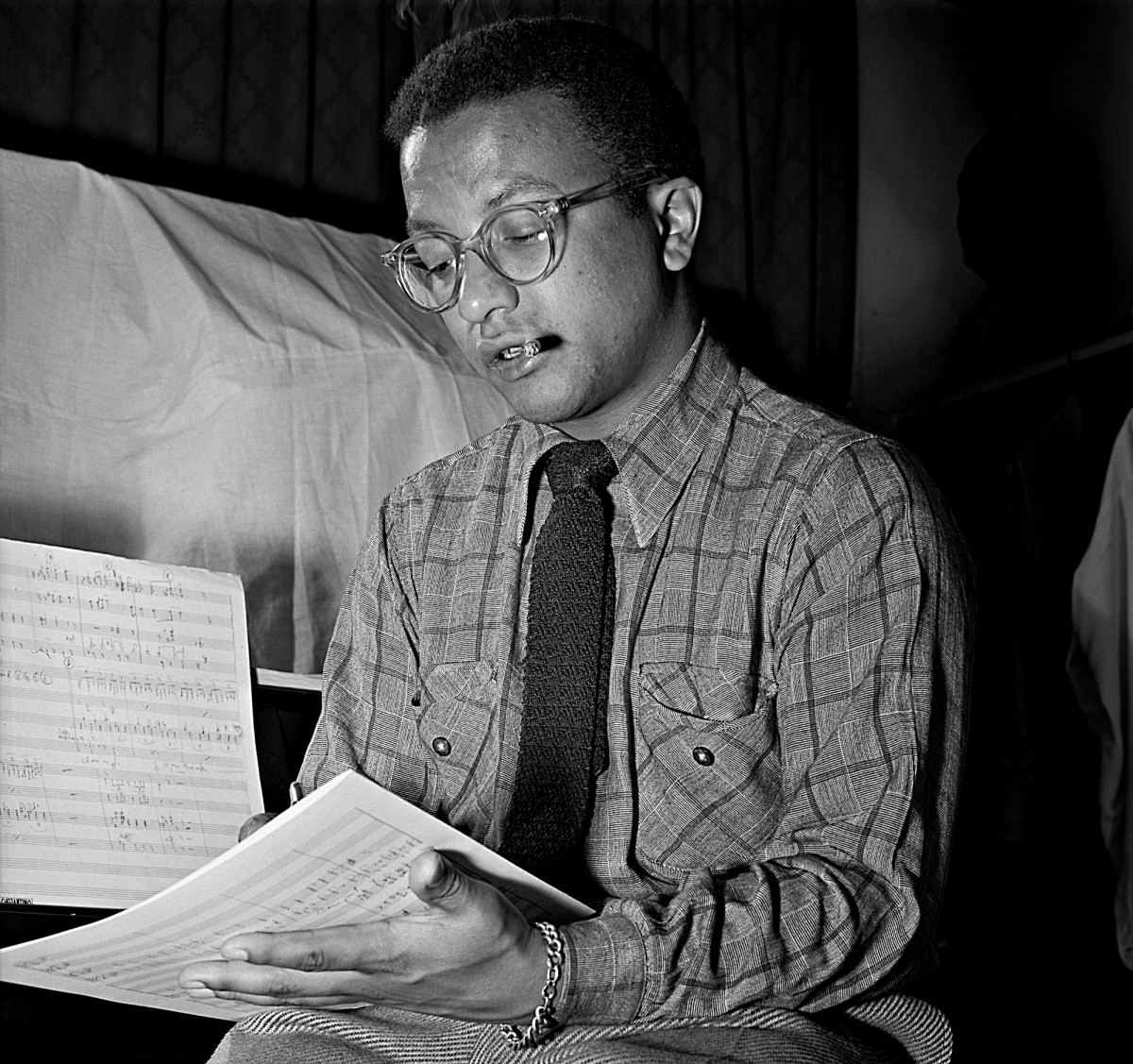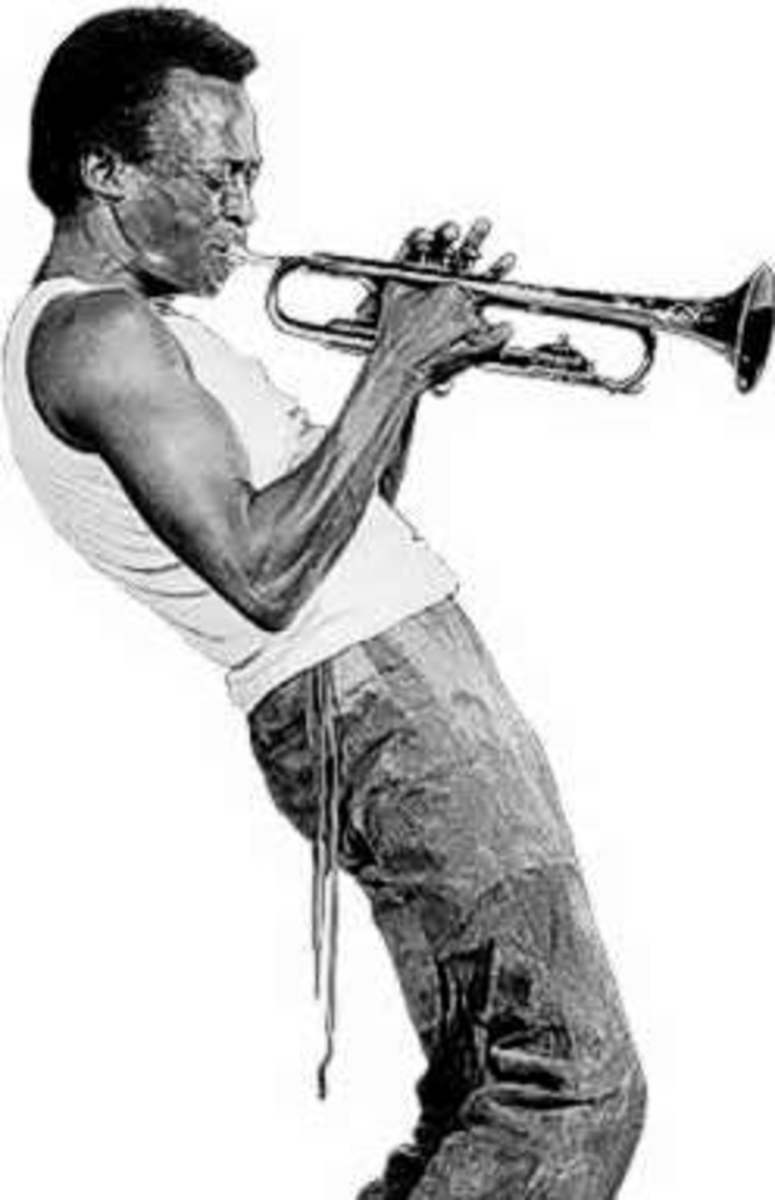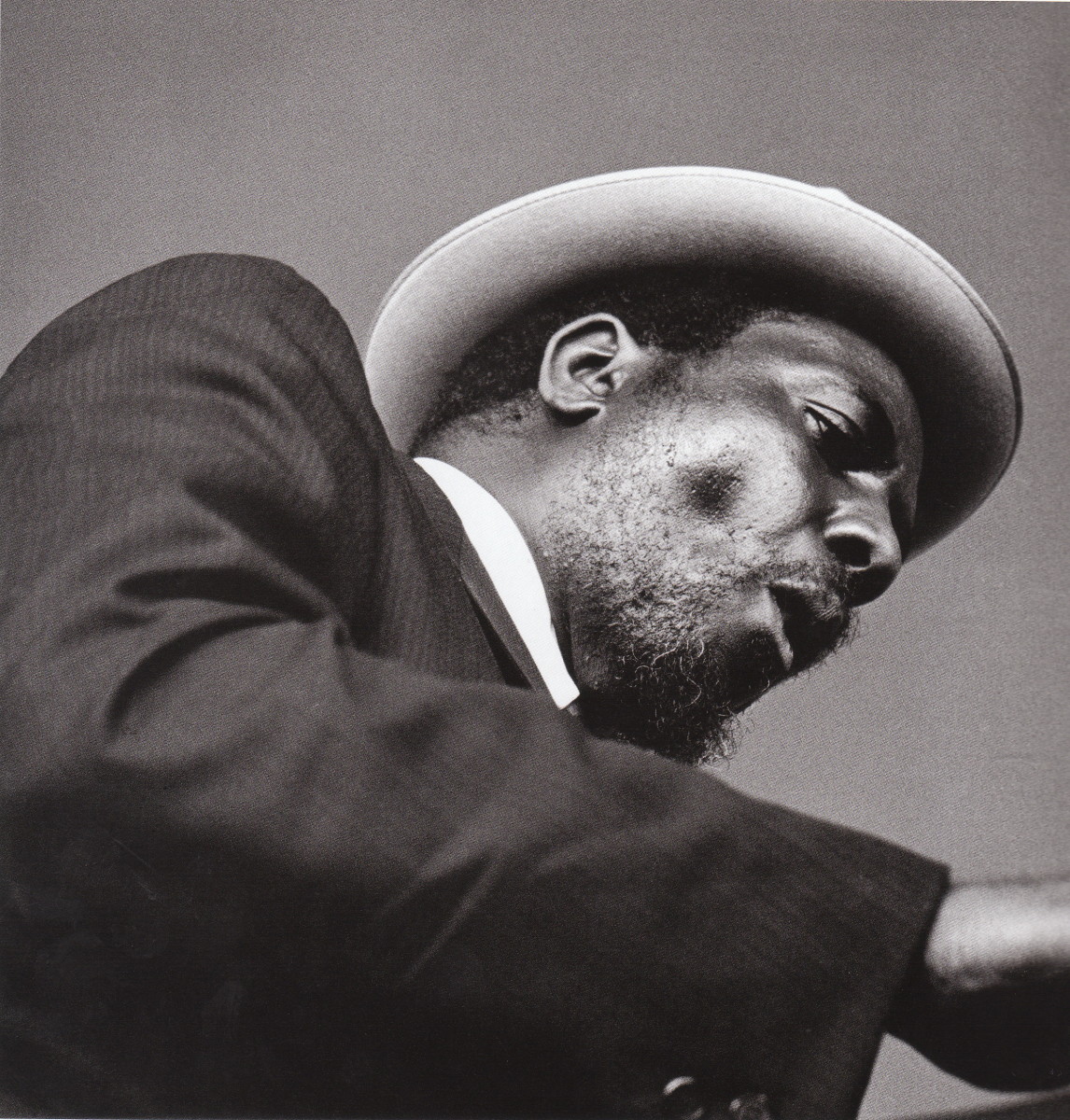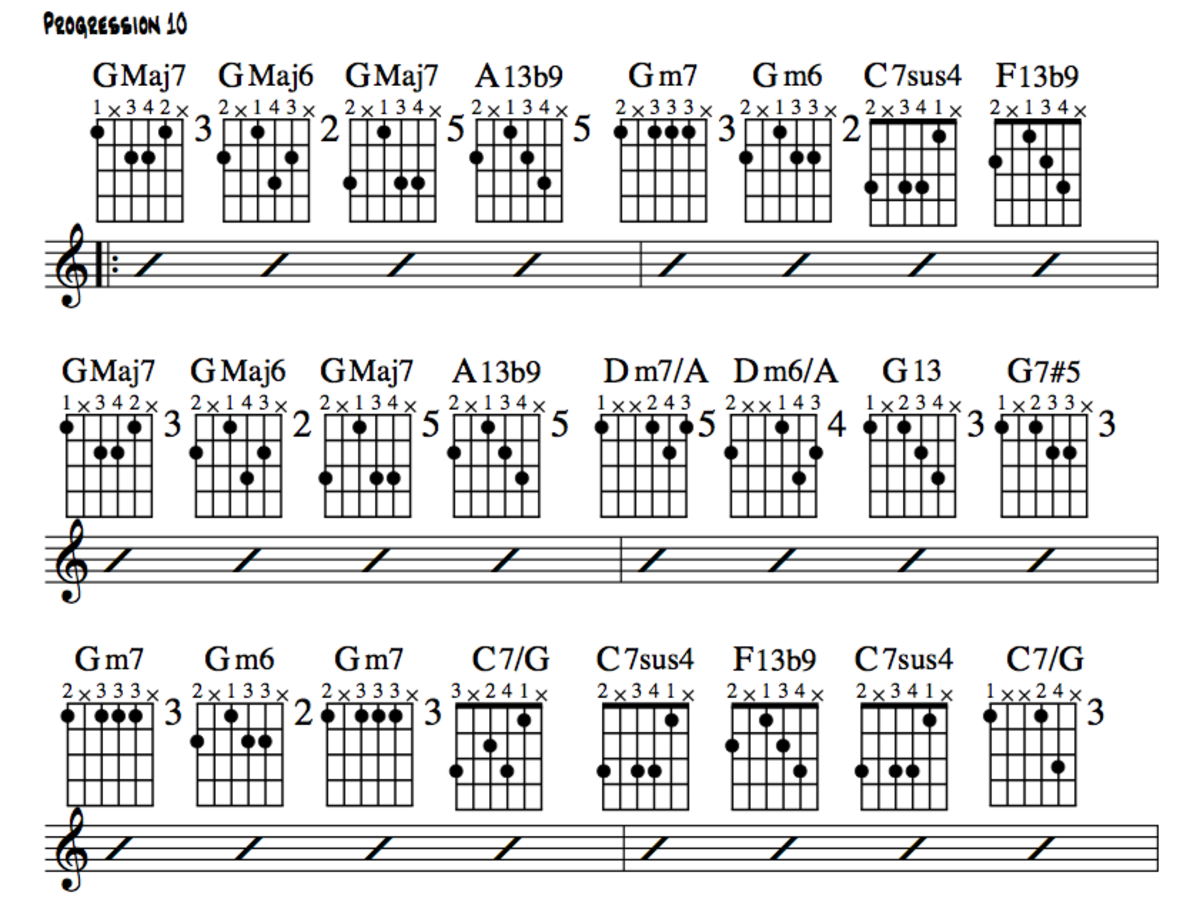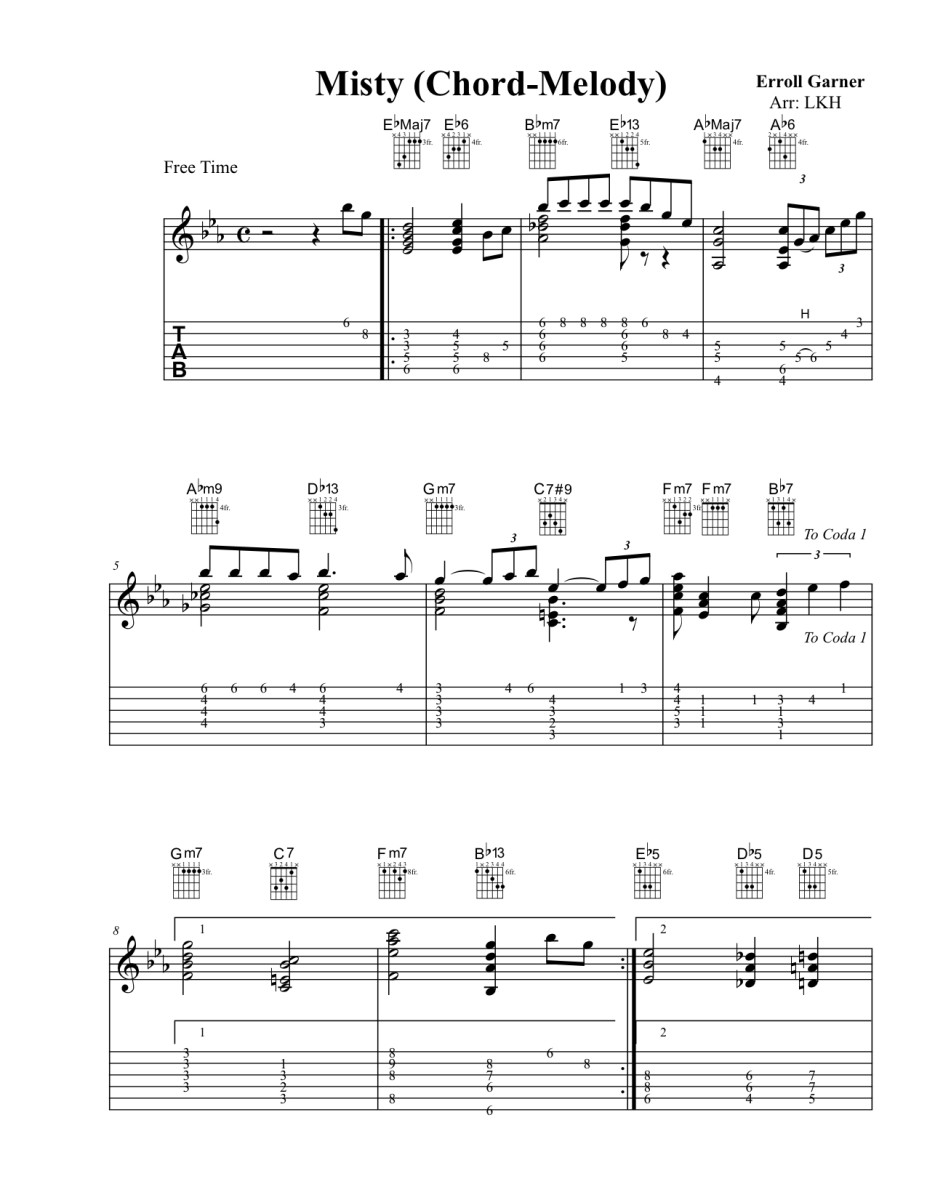Bix Beiderbecke: The First Great White Jazzman
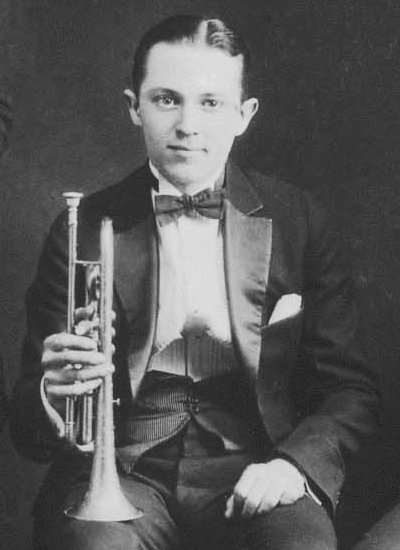
Bix Beiderbecke, born in Davenport, Iowa, in 1903, is generally regarded as the greatest white jazz cornettist of all time. His playing was soft and lyrical, unlike the “hot” playing of contemporaries such as Louis Armstrong. His tragic death from the effects of alcoholism at the age of 28 would see him become the archetype of the self-destructive jazz genius. That archetype would be seen in the coming decades with the early demises of jazz greats such as Billie Holiday, Charlie Parker and others.
Beiderbecke started playing cornet in his teens. At this early point in the development of jazz, the trumpet, now so ubiquitous in jazz, was rarely used. Early horn players were generally cornetists or trombonists.
As Beiderbecke’s hometown of Davenport was situated on the banks of the Mississippi River, young Bix was afforded the opportunity to witness paddlesteamers pulling into Davenport as they headed north up the Mississippi from New Orleans. Often these riverboats featured jazz bands playing on the decks. These bands virtually poured out their music from the decks and could be heard far ashore.
On one occasion, Beiderbecke was within earshot of the arrival of a riverboat which featured Fate Marable’s band and its young, brilliant cornetist, Louis Armstrong. Armstrong was still just a local New Orleans legend at this time. Hearing Armstrong’s playing aboard that riverboat filled Beiderbecke with awe and inspiration, and he dedicated himself to the mastery of his instrument as a result.
After a short stay in college, Beiderbecke, now in Chicago, joined a band called “The Wolverines” with which he made his first recording, in 1924. He then moved on to the Jean Goldkette Orchestra for a short stint. Shortly thereafter, he met his future collaborator, saxophonist Frankie Trumbauer, and joined his band. In 1926, Trumbauer and Beiderbecke would both join the Goldkette band. It was in 1927, with the Frankie Trumbauer band, that Bix would record his classics, “Ostrich Walk,” “Riverboat Shuffle,” “Clarinet Marmalade,” and “Singing the Blues.”
Following his stints with Goldkette and Trumbauer, Beiderbecke moved onto the Paul Whiteman Orchestra. The pressure of the constant touring and recording with Whiteman and his worsening alcoholism culminated in Beiderbecke’s death at age 28 in his New York City apartment.
In addition to being a superb cornetist, Beiderbecke was also a talented pianist and recorded solo piano pieces such as the terrific, “In a Mist.”
Among many fine compilations of Beiderbecke’s music are “Bix Beiderbecke Vol 1-Singing the Blues” (1990), Bix Beiderbecke Vol. 2-At the Jazz Band Ball” (1990), and “Riverboat Shuffle: Original 1924-1929 Recordings” (2001).
Frankie Trumbauer
Frankie Trumbauer, born in Carbondale, Illinois, in 1901, is one of the first great jazz saxophonists. He became famous as a player of the rare C-melody saxophone, an instrument with a pitch that falls between an alto and tenor saxophone. Trumbauer was a saxophonist of considerable influence who is credited by many later greats of the instrument as an inspiration. Trumbauer was often referred to by the moniker, “Tram.”
Trumbauer began his career with the Paul Whiteman Band in the early twenties. When he switched to the Jean Goldkette Orchestra, he met the great cornetist Bix Beiderbecke with whom he would later become a close friend and collaborator.
In 1927, Trumbauer formed his own orchestra and with Beiderbecke, Eddie Lang and Jimmy Dorsey produced some of the best jazz ever recorded. In a series of legendary sessions, the Frankie Trumbauer Orchestra would record, “Singing the Blues,” “Clarinet Marmalade,” “For No Reason at all in C,” “Riverboat Shuffle,” Ostrich Walk,” and others. Bix Beiderbecke’s work on these recordings is considered to be his best ever work. On the brilliant side, “Trumbology,” Trumbauer delivers one of the first true saxophone tour de forces in recorded jazz. Trumbauer died in 1956.
Trumbauer’s recordings can be found on the “Chronological Classics” series of jazz compilations and his recordings with Beiderbecke were considered good enough to warrant inclusion on the venerable collection of early jazz recordings, “The Smithsonian Collection of Classic Jazz” (1973).
Jean Goldkette
Jean Goldkette was the leader of one of the best white jazz bands in the history of the music, The Jean Goldkette Orchestra. Goldkette, who was a classically-trained pianist, was not a jazz musician, but as a bandleader, he is a significant figure in the history of jazz. Goldkette was born in Valenciennes, France in 1899.Goldkette emigrated from France to the United States in 1911.
In 1926, the Goldkette orchestra included the Dorsey brothers, violinist Joe Venuti, saxophonist Frankie Trumbauer, guitarist Eddie Lang and the legendary cornetist Bix Beiderbecke. Beiderbecke and Trumbauer became the orchestra’s top soloists and focal point. The Goldkette orchestra was so good that it even defeated Fletcher Henderson’s legendary orchestra at a “battle of the bands” in New York City.
In 1927, Paul Whiteman hired most of Goldkette’s top musicians, including Beiderbecke and Trumbauer, and the band’s later recordings suffered as a result. Goldkette retired from the jazz scene by the early Thirties and worked as a booking agent and a classical piano soloist.
Among the Goldkette Orchestra’s fine Twenties sides are “Clementine,” “Idolizing,” “My Pretty Girl,” and “She’s Funny That Way.” These sides and others can be found on the fine compilation, “Victor Recordings 1924-28,” and others.
Paul Whiteman
The Paul Whiteman Orchestra was likely the most popular jazz/pop band of the Twenties. The band is also possibly the most controversial to jazz many aficinados because Whiteman had crowned himself as “The King of Jazz,” a claim that had irked many jazz fans, especially those of African-American heritage. The orchestra was basically a pop band that seldom played what is considered real jazz today, despite the fact that they had some of the best white jazz musicians of the era. For the most part Whiteman played commercial dance music. Jazz critics often deride his music, but his orchestra did at times produce great jazz music.
Whiteman was born in Denver, Colorado, in 1890, and began his music career as a classically-trained viola player. He played with the San Francisco Symphony and led a Navy band during World War One. After the war, he formed the Paul Whiteman Orchestra at the Fairmont Hotel, in San Francisco. He moved to New York in 1920 and made his first recordings, “Whispering” and “The Japanese Sandman,” which made Whiteman a star. In 1924, his orchestra would be the first to perform George Gershwin’s “Rhapsody in Blue.”
Among the exclusively white musicians that Whiteman hired for his band were Bix Beiderbecke, Jimmy Dorsey, Frankie Trumbauer, Eddie Land, and Joe Venuti. Singer Bing Crosby got his start with Whiteman as part of the Rhythm Boys. In 1930, Whiteman starred in the movie “King of Jazz.” Whiteman paid his musicians the highest wages of any jazz band leader, and he was well-liked by his musicians, as a result.
In the Thirties, the Whiteman orchestra featured Bunny Berigan, Frankie Trumbauer and Jack Teagarden, but by the end of the decade, Whiteman’s popularity was on the wane.
Recordings of the classic Whiteman Orchestra can be found on various compilations such as “Greatest Hits” (1999), “Paul Whiteman and His Dance Band” (2000), and “King of Jazz: 1920-1927” (2008).
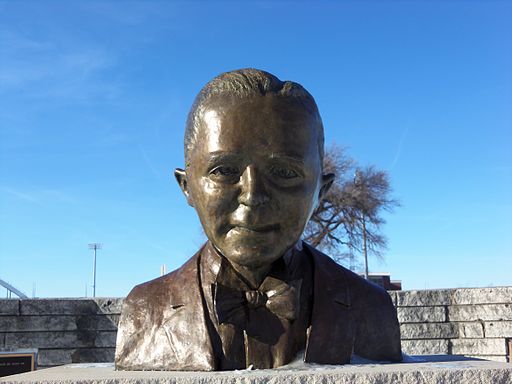
© 2013 bwestland



